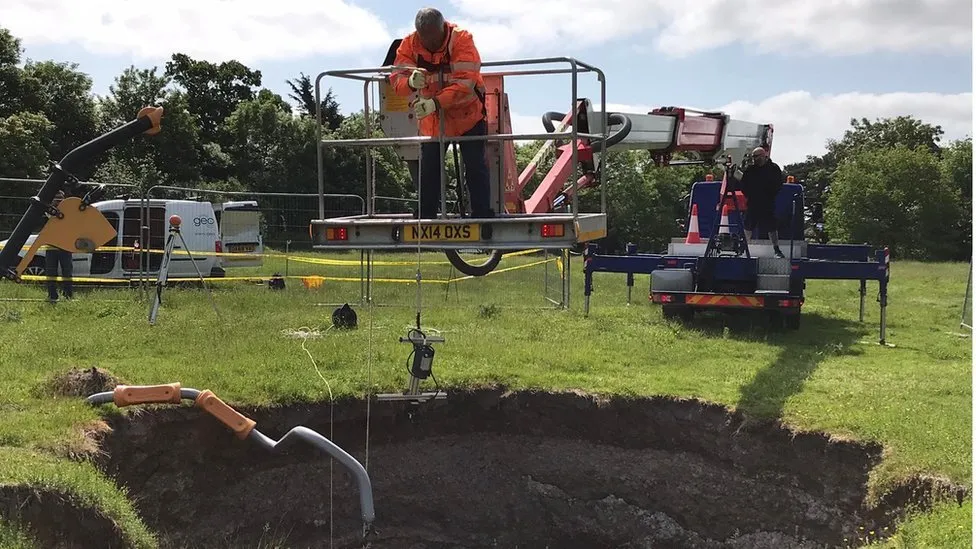Why do big holes keep appearing in the ground?
Many people have noticed the phenomenon of big holes appearing in the ground in various locations around the world. These mysterious sinkholes, as they are commonly known, can range in size from a few feet to hundreds of feet in diameter and can appear suddenly, swallowing up buildings, cars, and even people.
So why do these big holes keep appearing in the ground? There are several factors that can contribute to the formation of sinkholes, including natural processes such as erosion, groundwater depletion, and the dissolution of underground rocks such as limestone and gypsum.
Erosion is a common cause of sinkholes, as water can slowly wear away the surface of the ground, creating cavities underneath. When the ground above these cavities becomes too heavy or weak to support its own weight, it can collapse, forming a sinkhole.
Groundwater depletion is another factor that can lead to the formation of sinkholes. When water is pumped out of underground aquifers faster than it can be replenished, the ground can collapse, creating a void that can lead to sinkholes.
The dissolution of underground rocks such as limestone and gypsum is yet another cause of sinkholes. These rocks are prone to being dissolved by water over time, creating underground caverns that can collapse and form sinkholes.
In conclusion, big holes keep appearing in the ground due to a combination of natural processes such as erosion, groundwater depletion, and the dissolution of underground rocks. While sinkholes can be unpredictable and destructive, understanding the causes behind them can help us better prepare for and potentially prevent their formation in the future.
